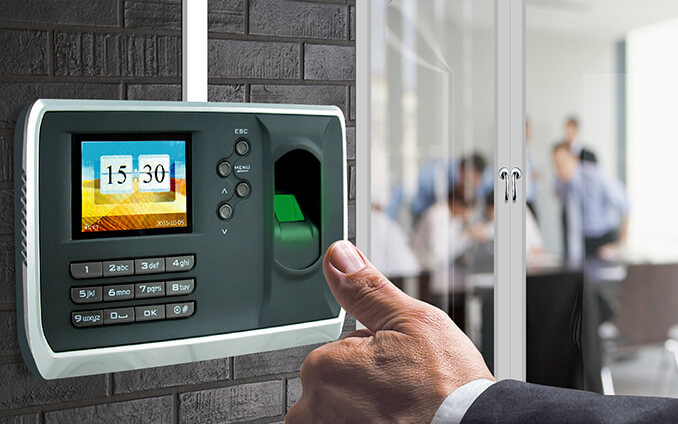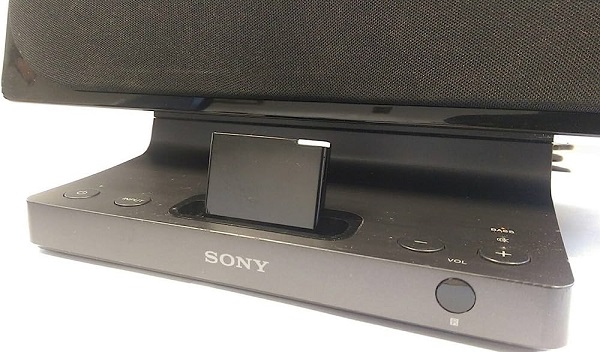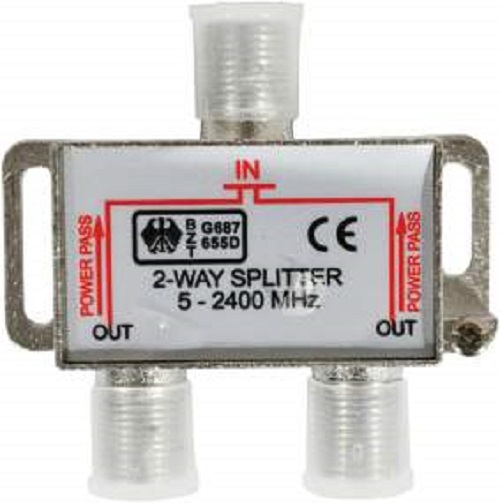An LCD KVM switch is a device that combines a keyboard, video monitor, and mouse. LCD KVM Switch Distributor makes it possible to manage several machines from one place. These gadgets reduce space use. They increase data centre efficiency. They are necessary for IT specialists who oversee several servers.
Evaluating What You Need
First, figure out how many PCs you have to manage. There are variations in both size and configuration for LCD KVM switches. While some people can only oversee a few systems, others are in charge of several. Making an informed choice is aided by being aware of your precise demands.
Taking Port Density into Account
The quantity of ports on the switch is referred to as port density. It is possible to connect more systems with a larger port density. select an LCD KVM that has enough ports for your existing configuration. Consider more growth in the future.It might be less bother to overestimate your demands now and upgrade later.
Analysing Display Quality and Resolution
For good visibility, the display’s resolution is essential. Better detail and clearer photos are produced with a greater resolution. Think about the tasks you have planned for the linked systems. If you need precise images, get a switch with a high-definition screen. Make sure the screen size fits in with your work area. Bigger displays need more room yet provide greater vision.
Evaluating Compatibility
Not every system can be used with every LCD KVM switch. Verify if it works with the hardware you currently have. This covers both peripheral devices and operating systems. Make sure the switch can handle the connections you require. Make sure it is compatible with the kinds of visual outputs that your systems utilise as well.
Checking User Authentication and Security Features
Security is essential when working with several different platforms. Seek out switches with strong user authentication. Switches with many password levels of security are available. Others have functions such as control over user access. These safeguards stop unwanted users from accessing vital systems.
Considering the Switch Form Factor
The switch’s actual dimensions and shape make up its form factor. In data centres, rack-mountable LCD KVM switches are common. Because they fit into typical server racks, they conserve space. Smaller installations are more suited for desktop models. Select a form factor based on mounting choices and workspace.
Analyzing Power Consumption
In big settings, power consumption might be a major consideration. Seek for models with lower power consumption that are energy-efficient. Automatic shutdown is one of the energy-saving features that certain switches provide. Over time, lower power usage lowers operating expenses.
Reviewing the Switching Method
Diverse LCD KVM switches provide different ways to switch. To manually switch, you have to press the device’s buttons. On-screen menus are available on several switches for simple navigation. Options for remote access are among the others. Select a technique based on your accessibility and workflow requirements.
Considering Multi-User Access
There are situations where more than one person needs access to the same systems. Multiple users can access a KVM switch at the same time. For workplaces that include collaboration, this feature is crucial. Make sure the switch can accommodate the amount of users you need.
Evaluating Price vs. Features
The cost of LCD KVM switches varies greatly. Feature-rich models are typically more expensive. All features might not be required for your purposes, nevertheless. Examine the elements that are essential to your business. Compare the cost to the advantages that each swap provides.






